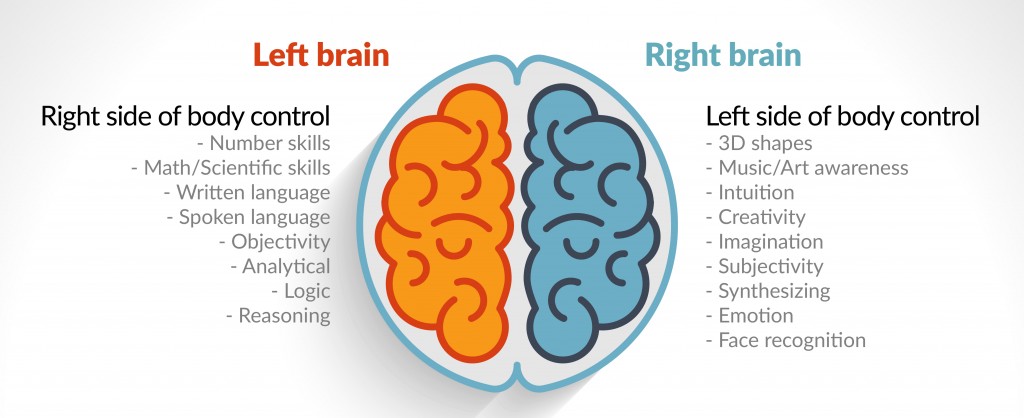Hello and welcome to my blog
Today I’m going to talk about creativity and some ways you can work to improve yours, using some brain exercises and hypnosis. My latest work with creative hypnosis was with an art student with my help and the help of one of my colleagues, she got got a 1st class honours degree this year. There is a video with a bit about the project and what we did if you are interested in art, it was mainly hypnosis that I used to enhance creativity on this occasion.




Creative hypnosis can be used for all kinds of other disciplines such as dance, art, martial arts, brainstorming, music or pretty much any thing that requires creative thinking, or creative performance.
Firstly a bit of neurology as the right side of the brain is the side which deals with creativity, but let’s dive in with some brain information first
The right side of the brain is the creative side
- The brain develops after birth by genes being turned on by environmental stimuli and there are stages or milestones when particular changes in the brain happen
- By 3 yrs old brain is 90% developed
- From ages 0-3 yrs right left side of brain develops from 3-6yr left side develops
- Our brains are asymmetrical left and right, as in they are wired differently and have different functions.
- Sharks and reptile brains are the same left and right so both sides do the same job, they don’t sleep, they just switch off one side of the brain. So they have just half a brain functioning at a time
Other than being involved in creativity, what else does the right brain do?
- Right sees everything at once ‘the big picture’ – processes immediately
- Movement of big muscles and muscle tone, connects with body
- Non verbal communication, social skills, emotional intelligence
- Loves novelty and responds to deep touch like massage
- Says no stop it
- Looks out for danger
- Controls withdraw emotions: fear disgust sadness
How can we stimulate the right side of the brain?
1. Sensation on LEFT side of the body
2.Movement on the LEFT side of the body.
The right cortex controls voluntary movement on the left side of the body also the right side of the brain deals more with complicated movements of large joints such as hips, shoulders, elbows. The left brain deals more with small dextrous movements with the fingers.
3. Using smell in right nostril
Smell is processed on the same side of the brain, right nostril – right cortex. Cover your left nostril and smell something with just the right. Different smells will evoke different responses, but for now any smell will work.

4. Sound in the left ear
The opposite side of the brain processes more sound than same side, about 35:65. So about 2/3 of the sound that goes into the left ear is processed by the right side of the brain. The right side of the brain deals more with low tones or low pitch noises, also white noise such as waterfalls or rain stimulate the right brain, as does classical music. Jazz and rap music are more for left brain simulation
5. Hemi field glasses and Eyelights
The way the brain processes incoming light and images is very complicated, but its possible to buy special glasses which can selectively stimulate different sides and parts of the brain depending on the settings. Eye lights on the right are more sophisticated than the hemi fields on the left. The nasal portion of the visual field (inner part) stimulates more of the opposite cortex, whereas the temporal (outer) field is the same side of the brain. This is why the lenses in glasses are split in half, the hemi fields have a blue and a red half, and the eye lights are shining light into the nasal portion of one eye and the temporal portion of the other eye.


6. Using Hypnosis
Although hypnosis uses many parts of the brain, visualisation is a right brain activity and many aspects of hypnosis require visualisation, but there is more to hypnosis than just imagination, but imagination itself is important for hypnosis to be effective. Its possible to improve your imagination by using hypnosis, which then makes future hypnosis sessions more effective.
Hypnosis and neurology can be used to enhance many other aspects of brain function, not just creativity. There are many methods to improve memory, coordination, dexterity, emotional resilience, performing under pressure, reflex speed, thought processing speed and more, these will be covered in up and coming blogs.
If you have any questions please ask


